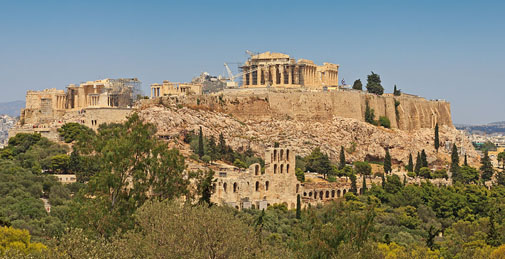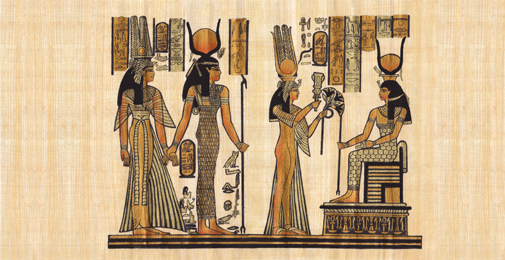Review It
Now review the characteristics of civilizations in both images and text. This will help prepare you to identify characteristics of ancient civilizations in the final activity.
Characteristics of Civilizations
Read the excerpt below.
In ancient Egypt, society was split into groups based on what people did during their lives. At the top of society was the Pharaoh, followed by members of the nobility, who were the wealthiest group below the Pharaoh. Workers called craftsmen came next, and farmers and slaves were at the bottom of society.
Click the Show Answer button below to reveal the characteristic of civilizations that is evident from the text.
In ancient Incan society, people learned how to farm crops such as potatoes, peanuts and tomatoes. They became experts at farming on hillsides, and raised donkey-like animals called alpacas. Incan people worshipped several different gods. The most important was the sun god called "Inti."
Click the Show Answer button below to reveal the two characteristics of civilizations that is evident from the text.
In the next activity, you will use what you have learned about civilizations to identify characteristics in examples from ancient civilizations.




